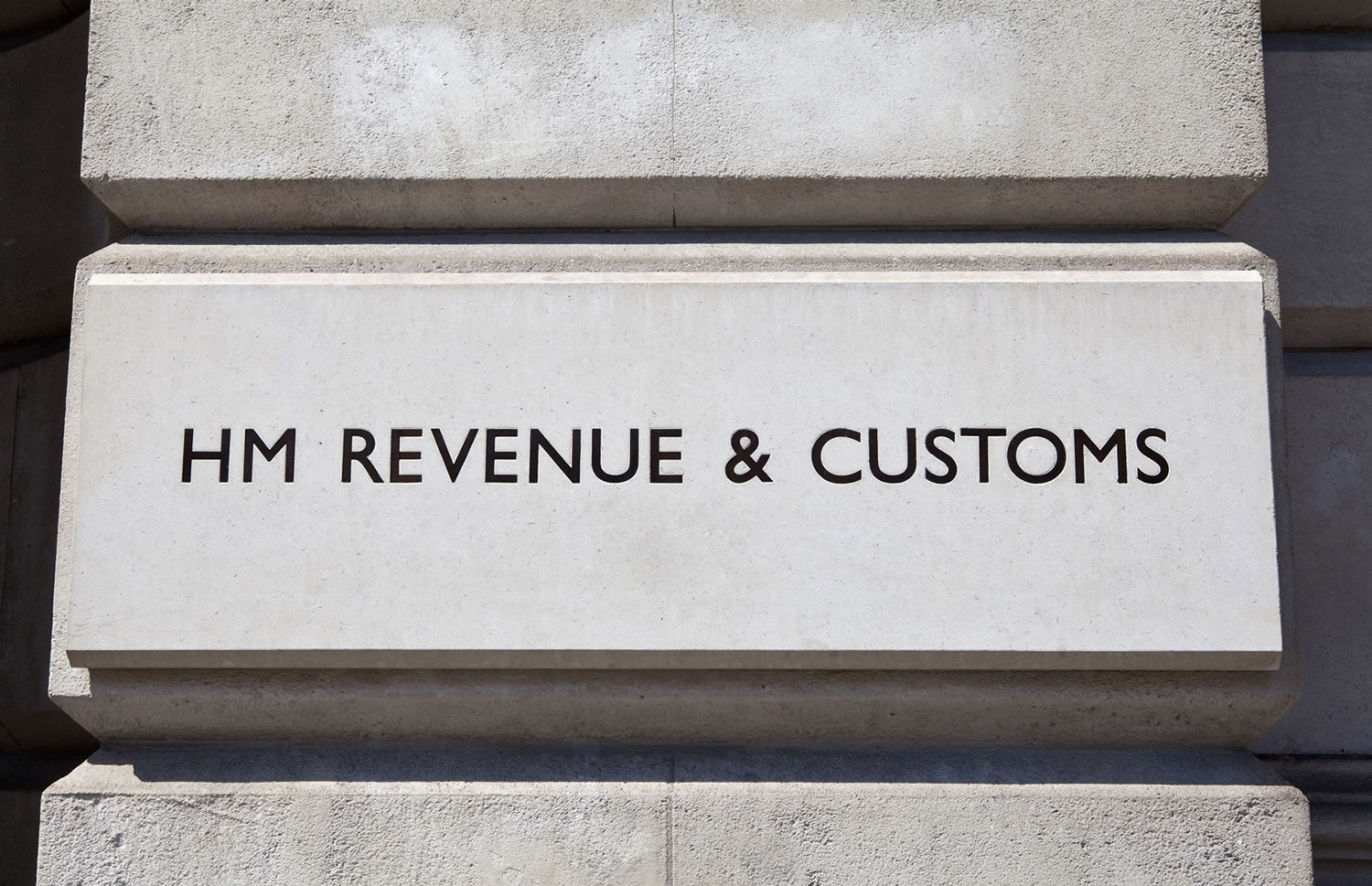The long-term ambition of Making Tax Digital is to simplify that tax system, speed up calculation and collection and also close loopholes that are estimated to cost the treasury up to £31bn a year in unpaid taxes. Whilst its phased rollout has been subject to delays and changes due to Covid and Brexit, Chancellor Rishi Sunak is believed to be focussing on the end game with reports suggesting that the Treasury is looking at introducing digital tax accounts that will deliver a pay-as-you-go tax system.
At present personal taxes are managed either through the PAYE (Pay as you earn) employment-based tax model or through regular tax returns, either once or twice per annum. Whilst PAYE is relatively robust and manages taxation at the point of earning, the tax return system relies largely on individuals accurately declaring other forms of income.
A Single, Linked Tax Account
The concept behind the digital tax account is one of a single, linked account that is automatically updated by banks, investment managers, workplaces and pension providers. Their systems would be integrated to provide real time information about earnings, investments and pensions – ensuring that accurate data is reported and tax calculated accordingly.
Making Tax Digital
The introduction of Digital tax accounts, if agreed, will form a key part of HMRC’s long term tax strategy around simplification and recouping unpaid/lost taxes. The figure of £31bn that the treasury is chasing is the estimated amount of tax not declared or paid by UK taxpayers that would otherwise fall within the tax net. With digital tax accounts always set to be part of the Making Tax Digital concept it seems like an obvious tool to utilise to help the UK pay down its record peacetime borrowing.
